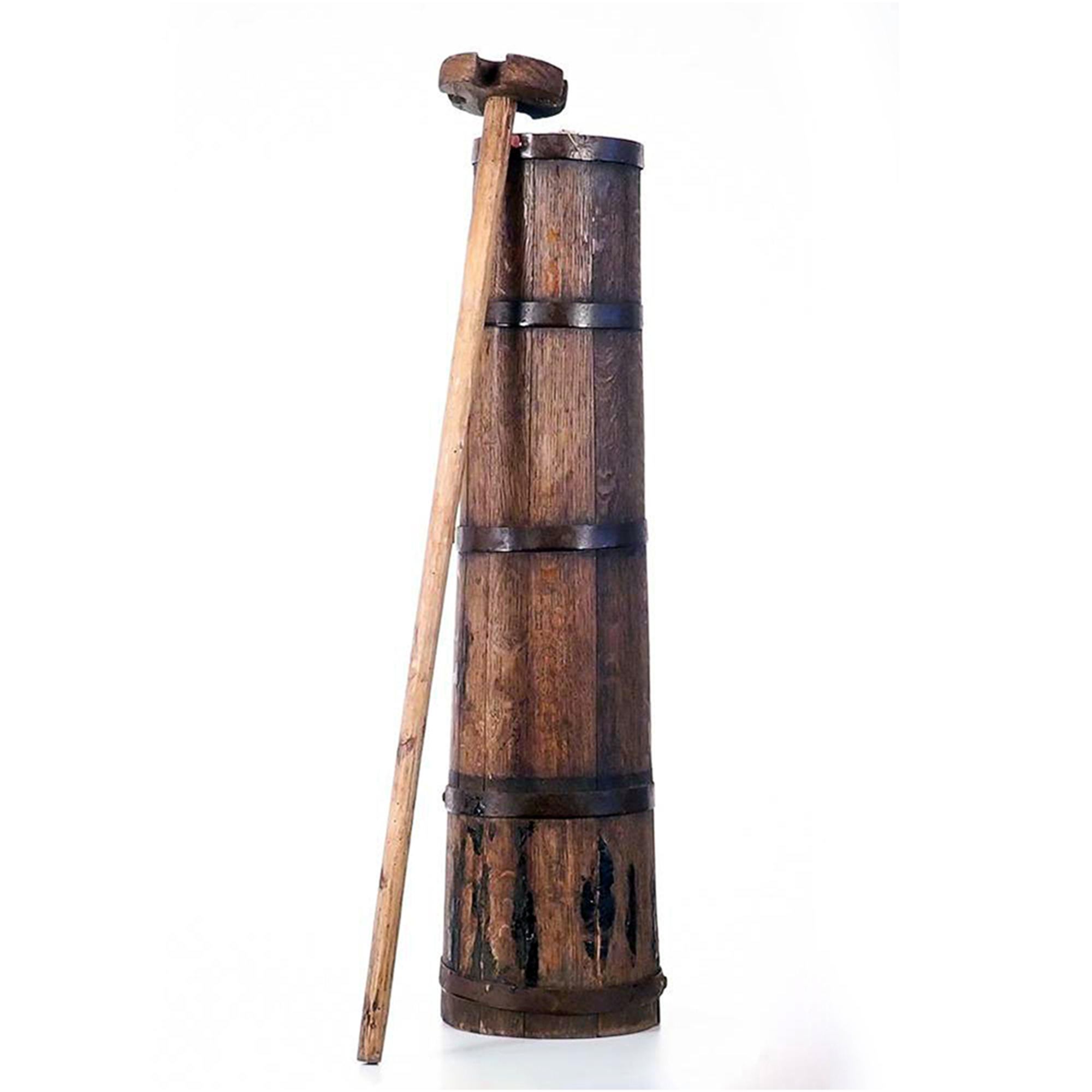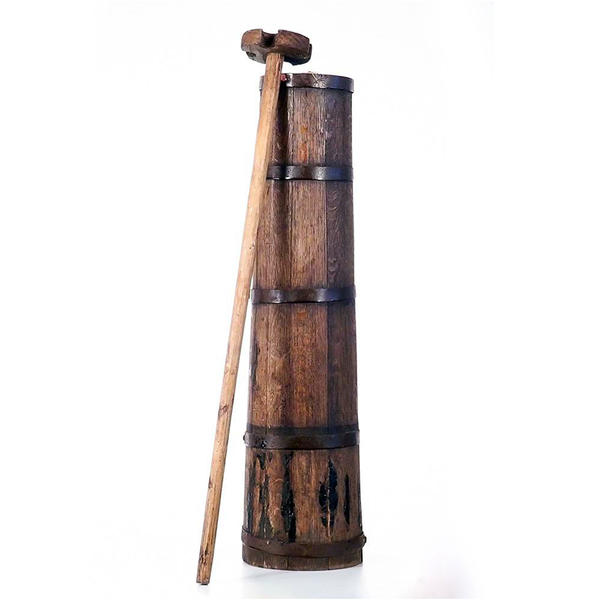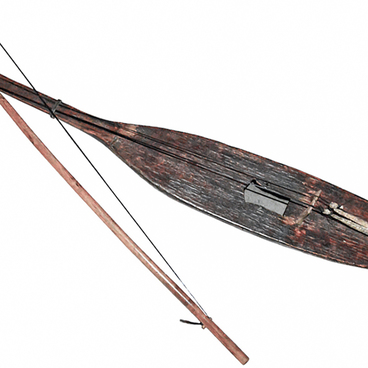Home-made butter- tkhu - has always been an essential ingredient in the Adyghe diet. It was made of fresh milk in special vessels, butter-churns.
The butter preparation process, Adyghe style, started in the evening. Milk was boiled and left to stand overnight. The next morning, the settled cream was put into the churn and beaten with a dasher while morning milk, still hot, was being gradually mixed in.
The Circassians added butter to numerous dishes of the national cuisine. It was served for cakes and polenta (mamalyga), put into tea, mixed with honey and nuts. The so-called spring butter churned from cow milk in May was considered the best and most delicious.
The butter preparation process, Adyghe style, started in the evening. Milk was boiled and left to stand overnight. The next morning, the settled cream was put into the churn and beaten with a dasher while morning milk, still hot, was being gradually mixed in.
The Circassians added butter to numerous dishes of the national cuisine. It was served for cakes and polenta (mamalyga), put into tea, mixed with honey and nuts. The so-called spring butter churned from cow milk in May was considered the best and most delicious.



